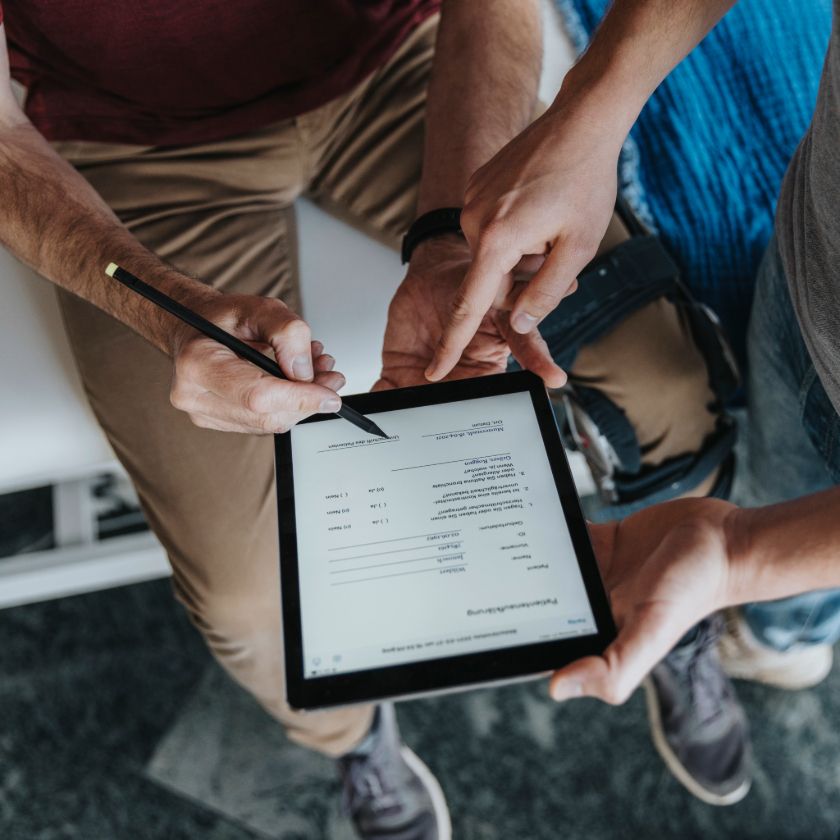想想新聞和流行文化中最令人興奮的時刻,例如您最喜愛的節目迎來大結局的那一集,或者一直為樂迷所津津樂道的「大港開唱」精彩表演。NDA 可以避免重大資訊洩漏給一般大眾,使觀眾能享受到這些驚喜。
除了能在創意專案中派上用場外,NDA 在業務上也扮演相當重要的角色。假如一間科技巨頭即將推出新的旗艦產品,NDA 可以確保所有負責該專案的相關人士都嚴格保密。
不過,NDA 再怎麼說也只是一份合約,簽署過的合約才具有效力。使用 Dropbox 傳送和簽署 NDA 就和傳送電子郵件一樣簡單,您可以使用 DocSend 自己嘗試看看。
NDA 有什麼用途?
前文提到數個會使用到 NDA 的領域,但 NDA 究竟有哪些實用之處?NDA 旨在保護機密或專屬資訊,以下列出幾個 NDA 能派上用場的領域:
業務關係
業務關係包含自由工作者/一人創業家與一位專業人士締結的合作關係,也包括較大型組織共同組成的聯合企業。
在保護財務資訊、行銷策略、產品資料和其他最高機密相關事項時,NDA 都相當實用。
聘僱關係
新入職的員工、即將辭職的員工,甚至是承包商或顧問,通常都必須簽署 NDA。
NDA 有助於保護客戶清單、防止洩漏專屬詳細資訊 (例如受保護的食譜或配方),以及其他競爭對手可能想取得的資訊。
新創公司/募資協議
在提案成功或籌募種子資金後,通常會簽署 NDA,因為潛在投資者希望能保護自己所買產品 (或構想) 的具體資訊。
NDA 可以避免機密業務計畫、財務預測或新興技術落入他人之手。
合併和收購
在推動合併和收購案成交的過程中,會出現許多持續變動的條款與條件,很適合透過 NDA 加以保護。
此外,在相關人士必須彼此分享機密資料、智慧財產及重要業務詳細資訊的忙亂期間,NDA 也有助於為當事人建立信任感。
研究和開發
許多開發創新產品的組織,必須仰仗承包商或供應商提供設備以及其他達成目標所需的品項。
在公司準備好對外公開之前,NDA 可以防止商業秘密、專利和技術外洩,並確保有時間申請商標、進行註冊等手續。
醫學、法律和專業服務
所有擁有機密詳細資訊的服務供應商,都必須使用 NDA 與客戶建立互信以及保護自己。
法律保障可防止資料傳輸,進而杜絕不肖份子不當利用資料的可能性,並且還能避免客戶和病患的安全或隱私權受到威脅。
投資者、顛覆者和創業家
卓越人才需要與他人合作方能實現自己的構想,因此他們絕對會希望透過法律保障避免自己的計畫泡湯。
對於想要推動世界變革的人來說,NDA 正好能滿足他們的期望,在取得所有專利或保護措施準備妥當前,避免自己的智慧財產和發明外洩。
您可能會遇到三種主要類型的保密協議:
單邊
單邊 NDA 的常見使用者是大型組織,用於防止個人 (例如員工) 揭露單方面的任何詳細資訊。
雙邊
小型企業和專業人士締結合作關係時,雙邊 NDA 相當實用。當雙方當事人都希望確實保密時,協議中經常會包含雙邊 NDA。
多邊
這是一種特別的 NDA,唯有在特定情況下會有例外情形,例如醫師向保險公司揭露患者的詳細資訊。
考慮簽署 NDA,這是美國效力最強的法律文件之一
提案進行得太過順利,簡直難以置信?超想分享一個新構想,但是只能告訴自己信任的人?您可以嘗試使用我們的免費 Paper 範本整合您的 NDA。
在這項卓越產品中,使用者最重視的其中一項功能是透過 DocSend 一鍵建立、傳送或簽署 NDA。以下是一位專業使用者的感想:
「DocSend 讓我們能夠透過一個平台發送保密協議、引入新顧問、籌集資金和關閉可轉換票據。在簡報中添加一鍵式保密協議為我們提供了額外的安全級別,這有助於我們安全地完成種子輪融資。 」
Jonathan NewarCaptain Experiences 首席執行官使用 DocSend,一鍵安全傳送和簽署 NDA
NDA 看似複雜,但在工作流程中其實是相當簡單的一環,就像傳送電子郵件一樣容易。透過 Dropbox,無須動筆即可利用具有法律效力的簽名的力量。
DocSend 讓您輕鬆按幾下滑鼠,便能建立、分享和簽署具有法律效力的 NDA。只要選擇文件,並在文件連結上點選 [必須簽署 NDA 才能檢視] 即可。立即免費試用並傳送 NDA。


